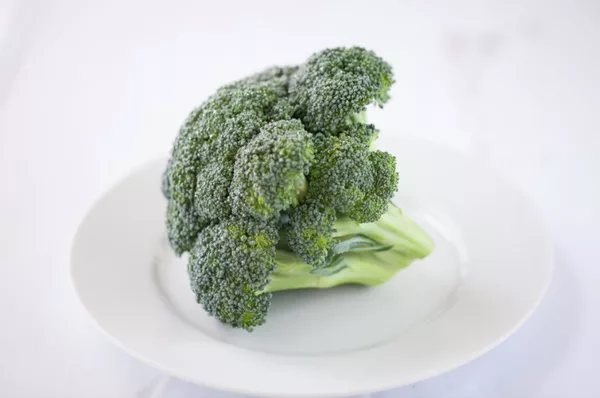Sponsored Content
Hazard Analysis and Critical Control Points Essentials

A Hazard Analysis and Critical Control Points (HACCP) plan is a systematic approach to food safety to reduce biological, chemical, and physical hazards in food production that can cause finished product to be unsafe. It models measures to reduce these risks to a safe level. HACCP is designed to mitigate hazards rather than to depend on inspection of finished products for the effects of hazards.
HACCP should be the foundation of your food safety management system. An accurate evaluation requires sufficient experience and capability. If you lack these resources in-house, it is necessary to seek third-party assistance.
The Principles of HACCP
Conduct a Hazard Analysis: The first step in a hazard analysis identifies the points in the process where hazards can be introduced. These contaminants may include:
- Physical
- Plastic, wood, metal
- Chemical
- Cleaning agents, toxins, pesticides, allergens
- Biological
- Bacteria, virus, pests, fecal matter
Identify Critical Control Points (CCPs): The next step is to identify the CCPs in the process where these hazards can be introduced into the process and pose a risk to the product end-user. For each CCP established in the previous step, a preventive measure must be identified to prevent the hazard. These may include the use of specific processing characteristics such as temperature, time, pH, salt level, and chlorine level.
Establish Critical Limits: The next step is to establish limit criteria for each CCP. A maximum or minimum limit for each relevant processing characteristic must be defined to control hazards. This represents the critical limit for the CCP. Exceeding this limit should trigger immediate corrective action for the control of all affected product.
Corrective actions have two purposes: to flag nonconforming product due to loss of control, identify the cause of nonperformance, eliminate the cause, and prevent reoccurrence. Corrective action taken before a situation spins out of control prepares you to act quickly.
Monitor Procedures:
They should answer the following questions:
- What type of monitoring must be done for each CCP?
- How often will the measurements need to be performed to show that the process is under control?
The food safety team must outline procedures that effectively define what and how to measure and document the product at each CCP. A data analysis plan should be developed to provide the information required at each CCP.
Looking for quick answers on food safety topics?
Try Ask FSM, our new smart AI search tool.
Ask FSM →
Determine Record-Keeping Procedures: Determine what records are required to show that critical limits comply with specifications and that the system is controlling the processes as required. The records also should detail the development and operation of the system. There may be specific regulatory requirements that need to be factored into record-keeping.
Establish Verification Procedures: The goals of this analysis are to demonstrate that the system complies with all requirements. It identifies necessary updates and trends, and confirms that corrective actions are effective. The analysis is essential to planning the frequency of system audits.
This first step is validating control measures before implementation. This step shows whether the control measures manage the identified food safety hazards. It may include testing the product, arranging a scientific review, and challenging the CCPs, monitoring methods, and other validation methods.
Analysis results are used by management for the review of the HACCP plan. Validation is a critical aspect of food safety management systems and requires meticulous planning.
Alexander Twibill is an author at HQTS. HQTS is one of Asia’s oldest and largest quality control companies, providing a broad range of services, including inspections, testing, factory audits, and production management. HQTS has a long history of quality control in the food processing industry and is well-positioned to help you with HACCP planning, evaluation, and implementation. For more information, call +86 21 6071 0535, email marketing@hqts.com, or visit HQTS.com.






.webp?t=1721343192)

